Author: Reiner Bachthaler
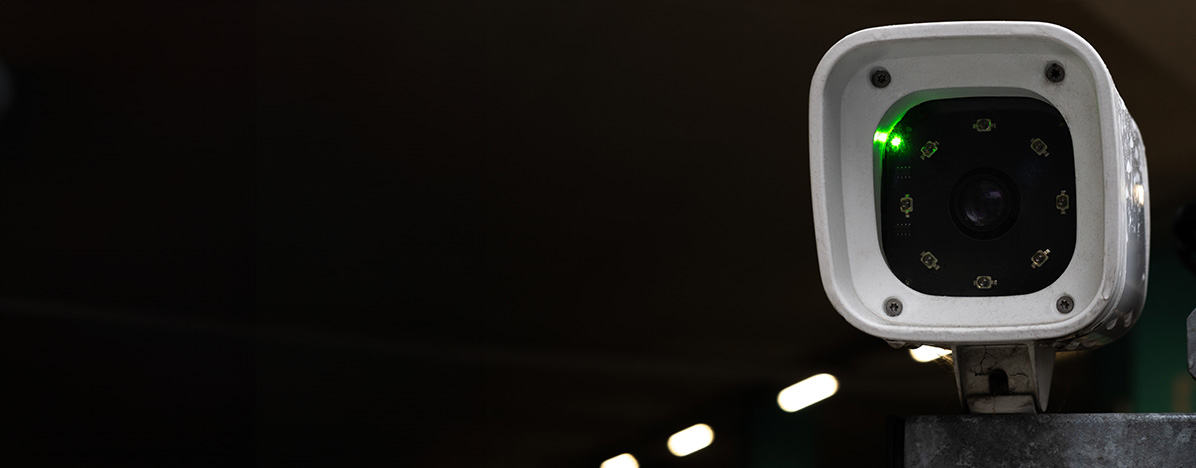
Bulk goods logistics: Optimization through the use of cameras and image processing
From QR codes to bulk goods logistics: cameras as a key technology for automation and efficiency
The use of cameras has long since extended beyond the private sector and has become an indispensable tool in bulk goods logistics. They not only make it easier for us to capture information in everyday life, such as when scanning a QR code with a smartphone, but also in industry, where they play a key role in automation and increasing efficiency.
Logistics in the bulk goods industry places high demands on people and the systems used. The processes are often very complex and hectic and time pressure are part of day-to-day business. Cameras with integrated image processing logic are ideal for supporting and relieving employees in tasks such as license plate recognition or loading area inspection.
Intelligent image processing in bulk goods logistics
These two typical examples show that cameras are used for many different purposes in bulk goods logistics. For humans, it often involves a great deal of effort to recognize objects or surfaces or to assess their condition. In some cases, this is not even possible without aids, for example if you think of a loading area from above. High-resolution cameras and image processing algorithms can provide support here and, based on AI, also directly evaluate the capture results and trigger further process steps. Automatic warnings can be sent to the operator in the event of deviations from the expected condition (e.g. soiling or damage).
This can help to significantly reduce the effort required by employees for such tasks and increase efficiency in bulk goods logistics.
What areas of application are there and what is expected from the use of cameras
License plate recognition (ANPR)
In many factories, cameras help to recognize and read vehicle license plates. This facilitates automated vehicle identification and seamlessly initiates subsequent processes such as access control, parking space management and traffic monitoring. The vehicle is automatically identified at the plant entrance; a self-service terminal of a plant logistics solution, such as Axians VAS, already has all the necessary delivery information so that the driver can enter the plant after confirmation. An identical process takes place at the exit. This eliminates the need for complex identification systems for the vehicle and the associated delivery, such as RFID tags, printed QR codes or TANs. A similar process can also be implemented at loading points, where the loading information is immediately available for loading control thanks to camera detection of the license plate.
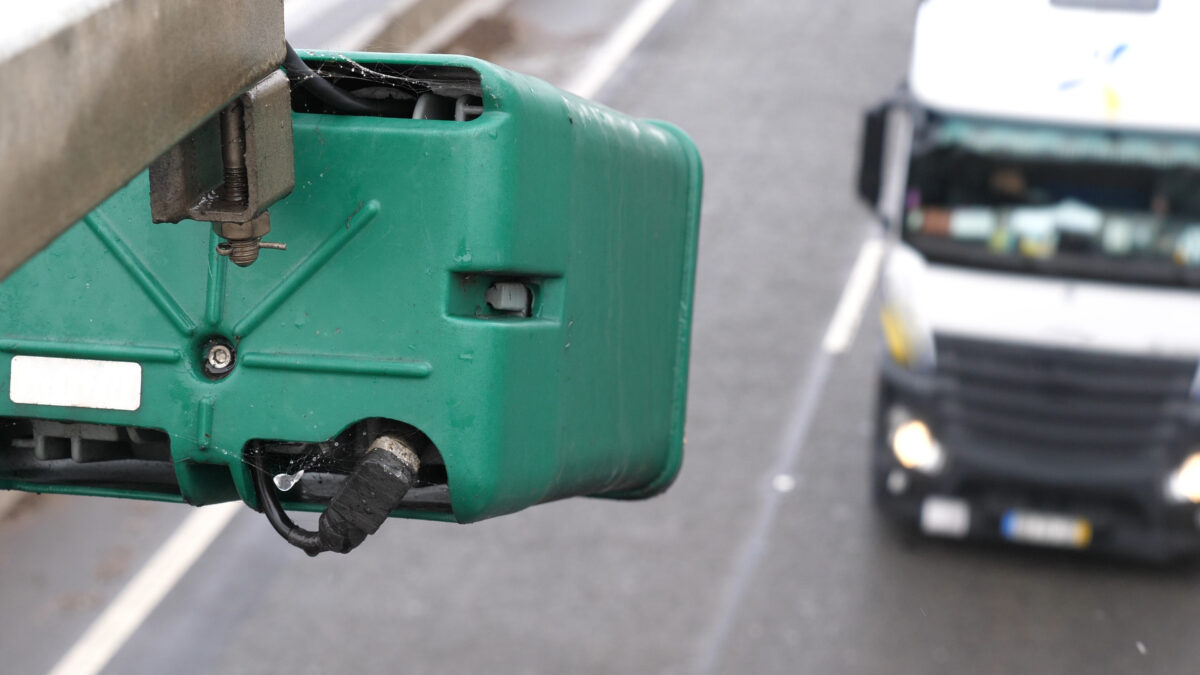
Loading area and wagon monitoring
Cameras are used to monitor and document the condition of vehicle loading areas and to identify wagon numbers during rail loading. They detect damage or contamination, check the correct loading and ensure load safety. These measures are important for the preservation of evidence. By means of recordings at the entrance, exit and loading point, it is possible to trace which vehicle – and possibly which driver – carried out the delivery and whether the vehicle or the loading area was in perfect condition.
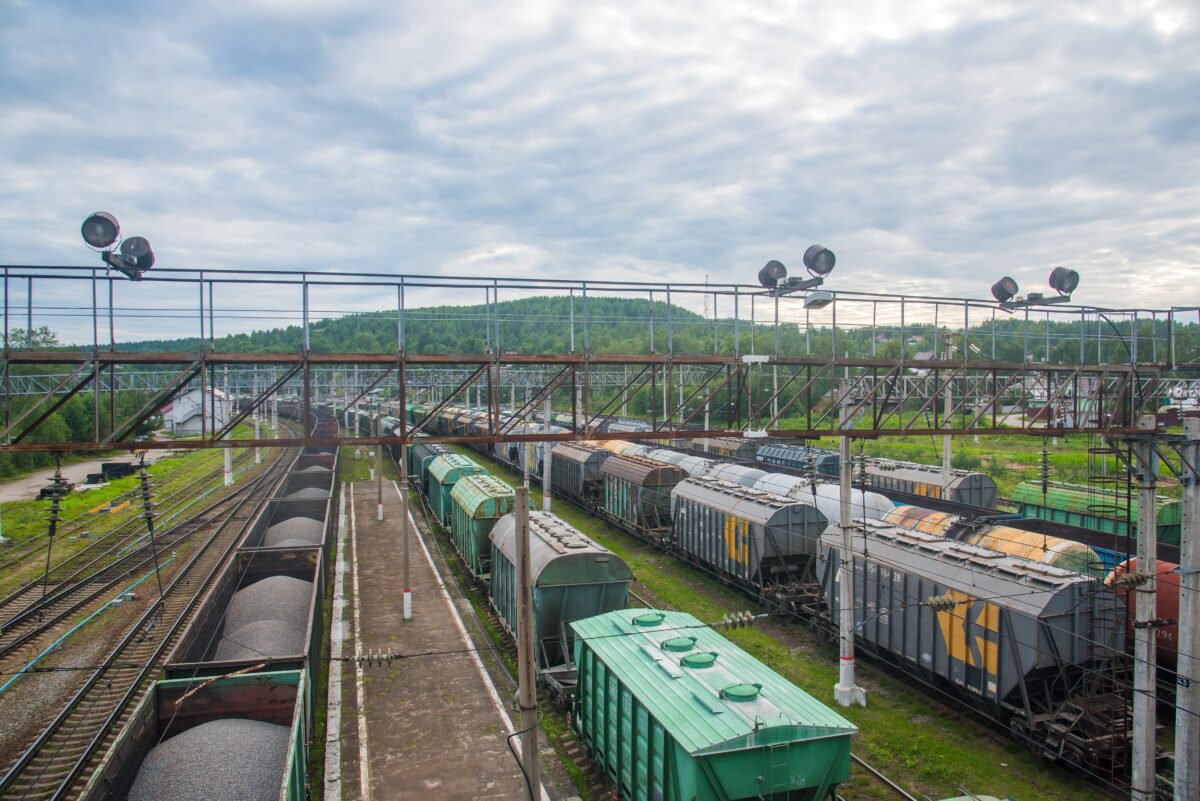
Quality control
The use of cameras in bulk material sorting enables the inspection and classification of materials. The differentiated separation according to color, shape, size or other specific characteristics helps to avoid incorrect loading, especially at loading points in open spaces.
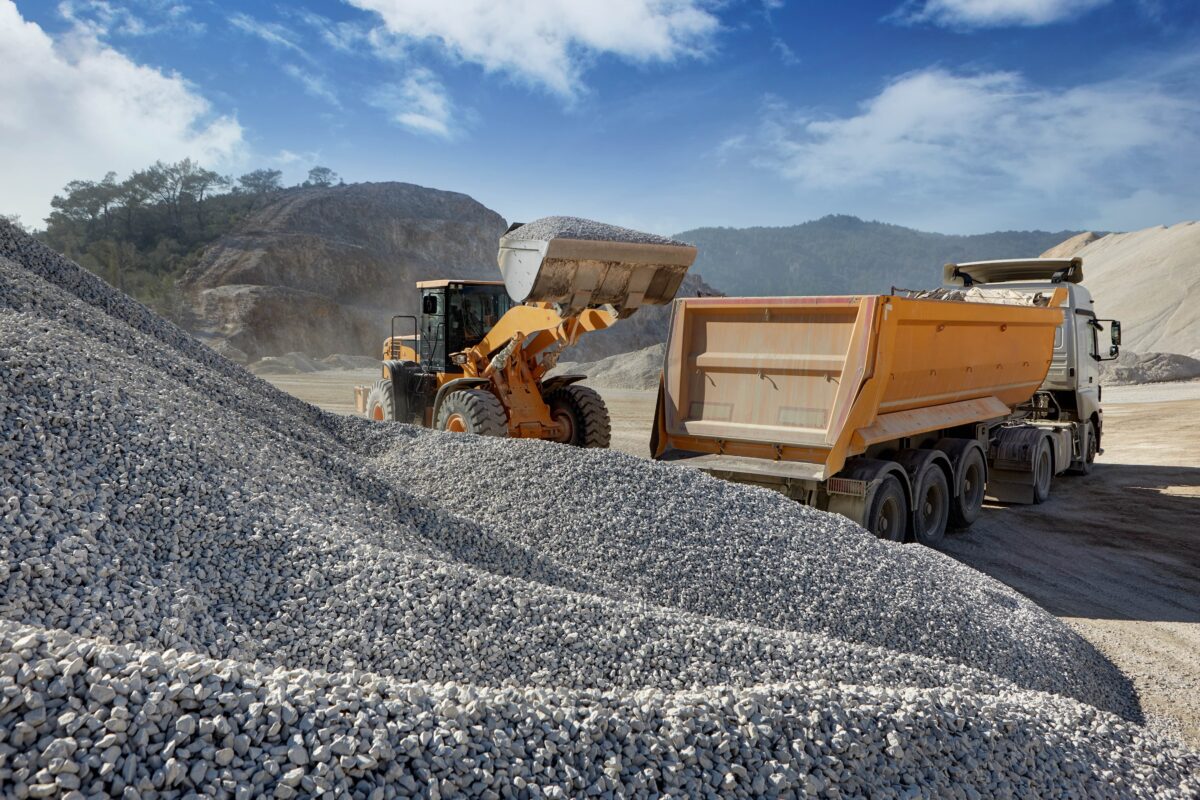
Monitoring of conveyor belts and silos
The monitoring of conveyor belts and silos by cameras enables the material flow to be checked and potential problems to be identified at an early stage. This helps to minimize disruptions and interruptions to operations, thereby improving efficiency and safety in bulk goods logistics.
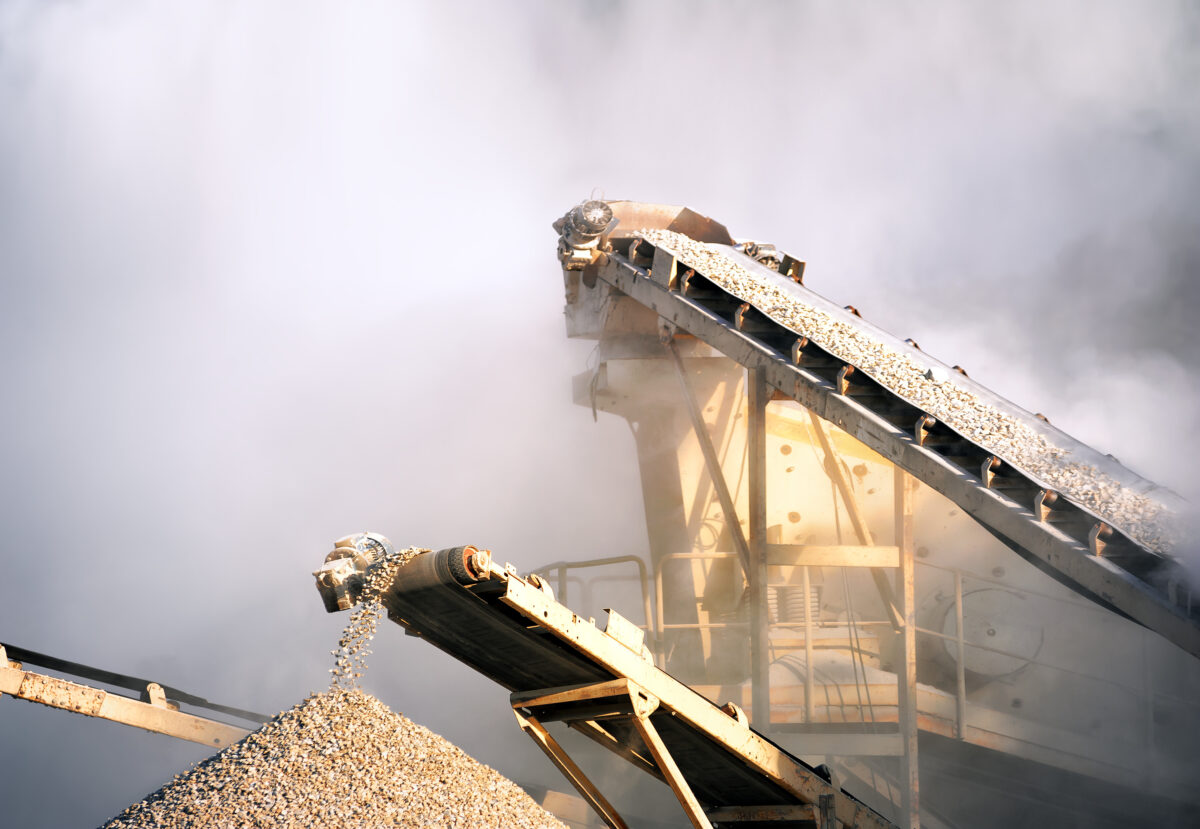
Process automation
In principle, this point applies to all the areas of application mentioned above. It is crucial to carefully examine the existing workflow processes by means of a process analysis and to evaluate the effort required for changes in relation to the potential savings. It should be critically considered at which points full automation makes sense and at which points manual intervention or confirmation by the operator is required. The final confirmation of the delivery processes in the plant by a truck driver at the exit terminal may well be intended, for example, to verify the delivery with an electronic signature and transfer the delivery data directly to the smartphone. An experienced partner such as Axians IAS, which has extensive knowledge of bulk goods logistics, is essential for selecting suitable, individually tailored solutions.
Optimizing plant logistics: camera technology and yard management systems in harmony
The technology of image processing and camera technology plays a decisive role in these applications. It enables the precise recording and analysis of visual information in order to improve efficiency and quality in bulk goods logistics. The integration of the cameras and the control and integration into a yard management system (plant logistics solution for the bulk goods industry) enable the precise control, automation and optimization of logistics and loading processes on the plant premises. A well-implemented and integrated yard management system such as Axians VAS in combination with camera systems helps to simplify and optimize logistics processes and increase efficiency.
Advantages of cameras in bulk goods logistics
As the above practical examples have shown, cameras can play a very important role in bulk goods logistics and offer significant advantages in a wide range of applications, such as
Reduction of manual effort and acceleration of processes.
Quick reactions to deviations are made possible.
Ensuring load safety leads to lower error and complaint rates as well as improved traceability and documentation.
Without the right interfaces and thus integration into a logistics ecosystem, the potential uses of cameras would be rather limited. Plant logistics systems(yard management) and other logistics software solutions therefore often offer online interfaces to camera systems. Here it is important that standardized interfaces are used on both sides in order to avoid time-consuming adjustments, for example when replacing the camera.
The extensive application possibilities of cameras in the bulk goods industry and the resulting increase in efficiency, safety and quality of logistics processes are therefore already an important factor today.
But where are we heading and what else can we expect from the use of camera systems in the future?
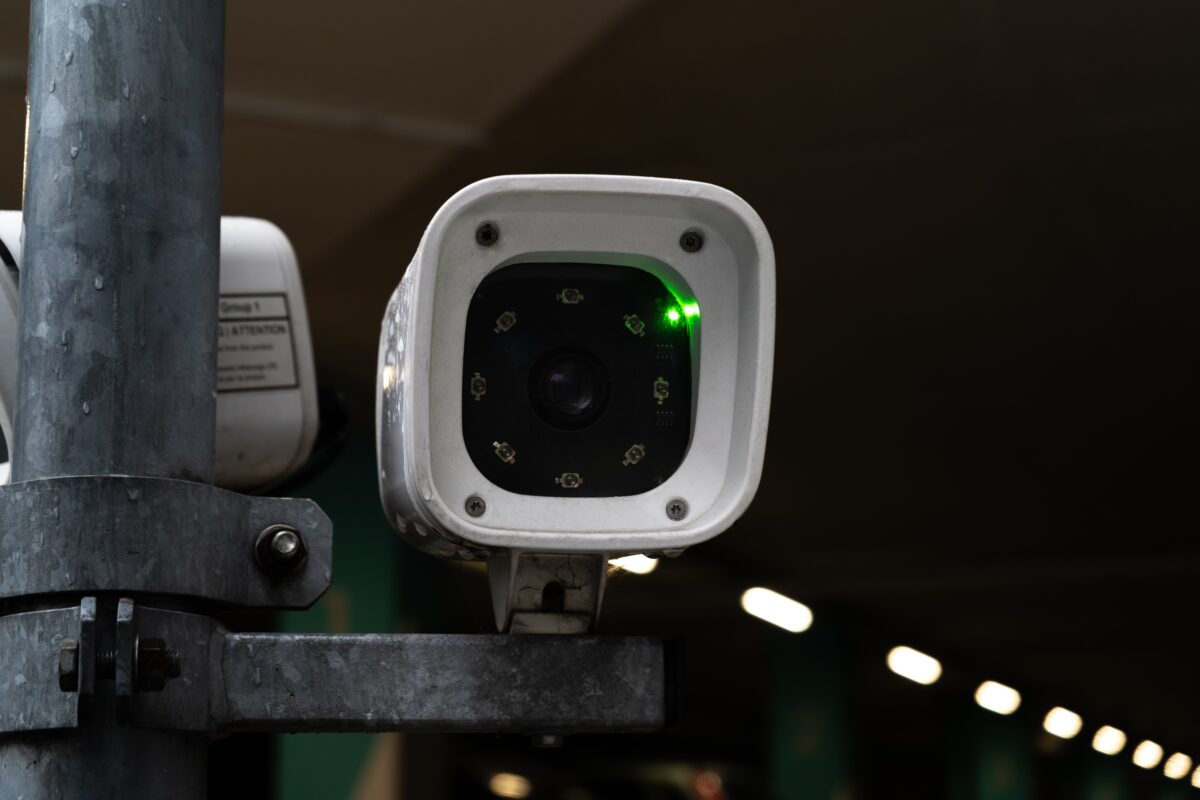
Cameras in bulk goods logistics - What does the future hold?
The future of cameras in bulk goods logistics promises many exciting developments in addition to the optimization of currently known technologies and areas of application:
- AI models are becoming more and more powerful and can therefore perform today’s applications such as license plate recognition or detecting the condition of loading areas even more precisely.
- Machine learning enables the continuous improvement of detection accuracy.
- The factory can check whether safety rules are being adhered to, for example, whether drivers are wearing the prescribed protective equipment such as helmets.
- 3D cameras provide additional information about spatial depth that cannot be achieved with conventional 2D cameras.
- They can significantly improve the identification of objects and the monitoring of volumes.
- Cameras are seamlessly integrated into the Internet of Things (IoT).
- Sensors and cameras work together to provide comprehensive data on the condition of loading areas and material flow, such as the interaction between fill level sensors and cameras.
Autonomous vehicles and robots use cameras to navigate and detect obstacles. Autonomous vehicles in bulk goods plants already exist in individual cases, but their use is likely to increase massively. This is a typical example of how automated processes can be further developed to minimize human intervention.
- Augmented reality (AR) and virtual reality (VR) can help operators with identification and monitoring.
- AR glasses can display additional information in real time. In the bulk materials plant, we see this as a valid way of conveniently supporting an operator, who needs to have an overview of a wide variety of areas, with customized information, even if he is not in the control room, for example, but out in the field.
- Virtual reality applications are of secondary importance here, although concepts for use in logistics planning were developed for certain roles and tasks several years ago. The focus here is on training new employees and simulating and optimizing logistics processes rather than on “day-to-day work” in the production plant.
Cameras and image processing systems are a sensitive issue for data protection per se. Here it is important to inform all those involved comprehensively about the deployment, to draw up binding company agreements and, of course, to ensure compliance with the legal framework. In particular, the storage of image material must be critically scrutinized in individual cases and weighed against the achievable benefits and documentation security. A topic that is already topical today, but will certainly become even more important as technology advances.
Conclusion
Cameras and image processing can significantly increase efficiency and safety in bulk goods logistics, especially with close integration into automated logistics solutions such as Axians VAS Plant Logistics. They automate processes such as license plate recognition and loading area inspection and enable more precise processes through integration into logistics systems. Future developments such as AI, 3D technology and the expansion of IoT solutions promise further optimizations. Data protection remains an important aspect that must be taken into account in order to safely utilize the full potential of camera solutions.

Reiner Bachthaler
Senior Product Manager
We work with you to design a customized solution.
Let us turn your challenges into successes – contact us today!
You are currently viewing a placeholder content from HubSpot. To access the actual content, click the button below. Please note that doing so will share data with third-party providers.
More Information


